Review: Motorola Droid RAZR HD / MAXX HD for Verizon Wireless
Oct 19, 2012, 3:54 PM by Eric M. Zeman
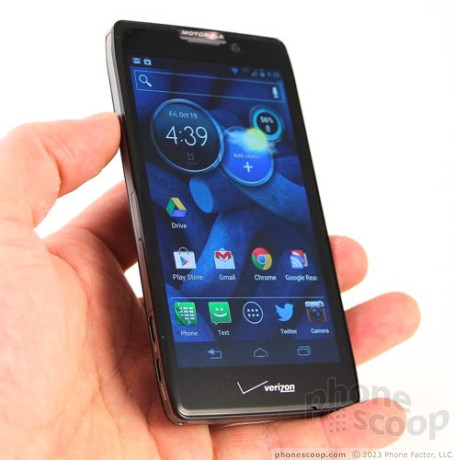
Motorola is gunning to take down the competition with the RAZRs redux. Phone Scoop tackles everything you wanted to know about the Droid RAZR HD and Droid RAZR MAXX HD in this full review.
Form
Is It Your Type?
A year after Motorola resurrected its RAZR brand, the company delivers two more for Verizon Wireless. The Droid RAZR HD and RAZR MAXX HD take everything that was good about last year's models and makes them better. The defining characteristic of these Android smartphones isn't the Motorola look, or the bigger screen, it's the insane battery life. If you absolutely need your device to stay alive through the heaviest usage, Motorola has your back covered.
Body
The Droid RAZR HD and Droid RAZR MAXX HD are essentially the same phone. The only thing that sets them apart is 0.9mm in thickness and the size of the battery buried within. Given their similarities, it only makes sense to review them together and point out the scant differences along the way.
Motorola has definitely crafted its own design language in the past year. Starting with the Photon from mid-2011 and followed by the original RAZR, Droid 4, Photon Q and now the RAZR HD, there's a distinct appearance taken on by Motorola's devices. None of them are dainty, and in fact they have quite a masculine, industrial look from my perspective. They are large, blocky, have angled corners, and make heavy use of Kevlar. The RAZR HD and MAXX HD are the largest, blockiest, and heaviest of the bunch.
Both phones have a glass panel on the front and Kevlar forming the entire back surface. On previous models, the Kevlar made up perhaps 75% of the back surface; the RAZR HD takes the Kevlar to an entirely new level. The black-on-gray pattern is cool looking, but I kind of wish Kevlar came in something like red or blue. The Kevlar backing and the glass front sandwich a metallic band that wraps all the way around the edge. The Kevlar screams "I'm a tough guy!" and the metal/glass combo gives the RAZR HD an authoritative, serious look.
The back edges of the RAZR HD are rounded and smooth and help the phone sit comfortably in the palm of your hand. The front edges, however, have a sharp lip that runs all the way around the outside of the glass. The purpose of this lip is to help protect the display surface when the phone is set on a desk or table. I don't like the way it feels. It bites into your flesh if you grip the phones tightly. If you're wearing tight(ish) pants, the lip and 90-degree angle it creates where it meets the side of the phone mean you have a visible block of smartphone on your leg. Had Motorola rounded the glass instead of given it this lip, it would feel much better.
That complaint aside, the quality of the materials feels good and both phones appear to be manufactured with a high degree of care. The seams are noticeable when you run your fingers around the edges, but they are even and smooth.
Quite honestly, it's almost impossible to tell the RAZR HD from the MAXX HD when holding them. The MAXX is fractionally thicker and heavier, but that's it. When they are side-by-side on a table, it is difficult to tell which is which. I noticed the difference most when I had the RAZR HD in one pocket and the MAXX HD in the other. Only then was I able to discern the added thickness and weight. The most apparent difference is the Kevlar back covers. The RAZR HD has a small mound where the camera module is. The MAXX HD doesn't.
The front surfaces are of course mostly screen. There are no buttons at all. The notification light is built into the earpiece assembly. I like this design. It sort of makes the RAZR HD look robotic when it lights up.
The left and right edges are rather busy. The left houses all the ports. The microUSB/microHDMI combo is positioned close to the bottom. Motorola uses this side-by-side set-up on a lot of its phones because it makes it easy to put in docks or other accessories that can access one or both ports. The SIM card and microSD card are accessible only if you care to find a small paperclip and jam it into the tiny round hole on the left edge. This releases the tray holding the two cards in place. It's kind of a pain, but Motorola is clearly assuming most people won't need to bother with these ports.
The volume toggle and screen lock buttons are on the right edge. The lock button has a great texture to it, making it really easy to find and use. Travel and feedback is good. The volume toggle has two nubs, one at either end, so you know if you're pressing the up or down side of the button. The volume toggle requires effort to push. It's a tough little button. Travel and feedback was so-so. The headphone jack is on the top edge.
In the end, the RAZR HD and MAXX HD are well-designed and well-made phones.
Performance
Screen
The display measures 4.7 inches across the diagonal and packs in 1280 x 720 pixels, making it 720p, hence the “HD” label. The screen uses OLED technology rather than LCD. The display looks good, but I've seen better. While the resolution is excellent and display plenty bright, I noticed an unusually strong color shift when the phone is viewed from an angle. In other words, when looking at a white web site, the screen would turn blue if I tilted the screen and viewed it from an angle. Modern Combat 3 (preinstalled game) looked insanely good on the display, though. I was able to use the RAZR HD and MAXX HD outside without any problems.
Signal
I was able to test both phones in areas with 3G and 4G coverage. When coverage was solid 3G or solid 4G, the phones did fine. They connected to the networks with no problem, sped across the web, and didn't miss/drop any calls. I noticed trouble in the hand-offs between 3G and 4G networks, though. When used in areas that have spotty 4G coverage, the devices were prone to waffling between 3G and 4G. This slowed down web browsing a little bit as the phone decided which network it wanted to use. Otherwise, both devices worked well on Verizon's network.
Sound
Phone calls were loud and clear through the earpiece on both phones. I had no trouble hearing callers, even when walking down busy (and noisy) Manhattan streets. The tone of peoples' voices was a bit robotic sounding from time to time, but otherwise calls were mostly good. The speakerphone is loud enough for use in the home or quiet office, but not so loud it can serve in the executive boardroom. The call quality also nose-dived a bit when used via the speakerphone. Not in a disastrous way, but the difference was appreciable. When set all the way up, the ringers are loud enough to annoy all the dogs in the neighborhood. The vibrate alert is good and strong.
Battery
Battery life is, in a word, insane. The RAZR HD has a 2,530mAh battery. It's a significant battery. The MAXX HD shoots for the ridiculous with its 3,300mAh battery. Typical smartphones have batteries smaller than 2,000mAh. The RAZR HD blasted through an entire day with no problems. In fact, after 24 hours of regular usage it still had 70% battery life. Awesome. The MAXX HD pretty much has the best battery life of any device I've ever tested. I charged it all the way up (which takes a while, by the way), and set it to play Transformers: Dark of the Moon in a loop with the screen at 50% brightness. It was still running when I got up the next morning (about 9 hours later) and had 47% battery life left. How killer is that? This is a *phone* we're talking about, not a laptop.
Basics
Menus/Customize
The RAZR HD runs Android 4.0 Ice Cream Sandwich. The user interface has been skinned by Motorola. The most noticeable changes made by Motorola all appear on the home screen. Many of the deeper functions of the operating system (app menu, settings tools) are close to stock Android 4.0.
The RAZR HD and MAXX HD include some lock screen shortcuts that can take users directly to the camera, phone, or messaging apps in addition to silencing the ringer, rejecting calls, and unlocking the device. These shortcuts can't be customized.
As with other recent handsets from Motorola, the RAZR HD has only a single home screen panel when you first boot it up. You have to add more yourself, if you want to. Motorola offers a selection of home screen panel templates (which are pre-populated with apps/widgets), as well as blank screens. No matter how many home screen panels you choose to add, the panel on the far left is the main one.
Beyond these customizations, the RAZR HD runs a fairly clean version of Android 4.0 Ice Cream Sandwich. The drop-down notification shade, main app menu, and settings tools all behave just like Android 4.0 should.
The RAZR HD's customization powers are as good as any other Android phone. You can add and delete home screen panels at will, stick all sorts of widgets, apps, and shortcuts on them, and do all the normal things such as change ringtones, wallpapers, and such.
Performance worried me just a little bit. Both phones were prone to stuttering; meaning, when zooming around the menus and user interface elements, they would pause, freeze, or otherwise get stuck for a second here and there. It happened on both phones. At the same time, however, the Modern Combat game ran like a champ. I can't explain this discrepancy.
Calls/Contacts
The phone software is simple to use and works just as it does on every other Motorola device released since June. Pressing the phone button on the home screen brings you to the dialpad. You can swipe sideways to access the call log and your favorite contacts.
You can place contact cards, direct dial, or direct message shortcuts on the home screens, if you wish. These give you instant access to your closest pals. You can also add contacts to your Favorites list — which is visible in the phone application.
The RAZR HD includes Motorola's contact widget for the home screen, which appears in the form of four boxes at the top. Drag the set of boxes down, and the stacks will open up to show you a grid of your top 20 contacts, complete with photo ID. Tap the photo of your contact, and it will open a drop-down menu that offers a handful of quick actions.
Messaging
Motorola includes the expected collection of stock communications tools on the RAZR HD, and offers no surprises or special features.
The usual two Android email applications are also present. There's the generic email app for POP3/IMAP4 and Exchange, as well as the native Gmail application.
On the instant messaging side of the equation, the stock Google Talk application is on board for Google IM users, but Yahoo, AIM, and Windows Live aren't supported out of the box. You'll have to find alternatives in the Google Play Store. Twitter is pre-installed, but Facebook isn't.
Other social apps/services on board include Google Latitude, Google+, and Google+ Messenger.
Both phones also include the Emergency Alert System. This application receives emergency messages that may be sent by local, state, or federal law enforcement agencies about events, weather, or other circumstances that might threaten the safety of the phone owner. There are different categories of messages: AMBER, Severe, Extreme, Presidential. You can turn off all the alerts except Presidential alerts. The alerts are sent based on location. This means that if you're visiting relatives in the Bay Area and there's an earthquake, you'll receive an alert — even if you're from the east coast.
Extras
Media
All of the stock Android media tools are available on the RAZR HD. That includes YouTube, Google Play Music, Play Movies, Play Books, and Play Magazines, as well as the Google Play Store.
In terms of performance, music that I played through the Google Play Music app sounded good, even when streamed over the cellular network or Wi-Fi. I wish the Google Play Music app had more controls for fine-tuning the sound, though. The Google Play Movies app is a fine video player for sideloaded, captured, or purchased content. Movies looked really good on the display, and sounded good on my favorite pair of earbuds.
Since this is a Verizon phone, its NFL application is on board, as well. Football fanatics may enjoy the access it provides to games on the weekends.
Last, Slacker is there to satisfy music-streaming needs.
Camera
Neither the RAZR HD and MAXX HD has a dedicated camera button, but the camera can be accessed from the lock screen. It launches quickly. The camera controls are nicely arranged and intuitive to use.
The RAZR HD's camera can shoot at a maximum of 8 megapixels with a 4:3 aspect ratio. If you want to shoot in a 16:9 ratio - matching most of today's TVs and computer monitors - images are 6 megapixels.
The focusing box hovers in the middle of the screen, but the RAZR HD also includes touch-to-focus if you want to be specific. There's a slide on the left of the display for zooming and the volume key doubles as a zoom key. The RAZR HD's camera offers shooting modes such as portrait, landscape, close-ups, sunsets, and more. There's an easy panorama mode for taking shots of wide vistas.
Overall, the camera functions well. It opens quickly, is quick to focus, and is fast to capture/save images.
Photos
Both cameras use the same software and components, so the results are more or less identical. I compared images that I took with each phone side-by-side and couldn't spot any noticeable differences in the quality of the shots.
The phones did great at capturing images. I found focus to be accurate, white balance was correct, and exposure spot on. As is typical, images taken in low light had some visible grain, but not an egregious amount. The flash does a good job at lighting up faces in dark places as long as you're within a few feet of the subject.
The photos are definitely FaceBook, Twitter, and Google+ worthy (but please don't post them on MySpace).
Video
In addition to 8-megapixels, the camera sensor also captures video up to 1080p HD resolution. I was pleased with the results. The video was RAZR sharp, well exposed, and free from smearing and pixel blocks. Thanks to the HDMI port, sharing on your HDTV will be a breeze.
Gallery
The RAZR HD uses the same gallery app that we've seen on most Android 4.0 phones. Photos and videos are broken down into groupings such as Camera Shots, All Photos, All Videos, and Screenshots. The gallery also includes access to online accounts, such as Facebook or Picasa.
When viewing images, buttons appear along the bottom for performing actions such as share, delete, play, and so on. It's a snap to share photos through any social network/messaging service you want.
Editing features are decent, and include various filters, such as Fill Light, Shadows, Posterize, Vignette, and Fisheye. The RAZR HD and MAXX HD also let users crop photos, eliminate red-eye, straighten them, rotate them, flip them, and sharpen them.
Apps
The RAZR HD ships with an average number of apps for Verizon devices. The generous on-board storage (16GB) combined with support for 32GB microSD cards means you don't need to worry about running out of room for your own apps. In addition to the Google Play Store, Verizon has supplied its own app store.
Browser
Google's Chrome browser is the only one available on the RAZR HD and MAXX HD out of the box. It is fast, does a great job of rendering web pages, and offers plenty of advanced tools. When used over LTE 4G, it's blazing quick. It's slower when used on Verizon's 3G network, but not that much slower. Of course, alternate browsers are available in the Google Play Store.
Bluetooth
Both the RAZR HD and MAXX HD support the typical set of Bluetooth profiles, including those that allow you to connect to mono and stereo headsets, other phones, PCs, cars, and so on. It paired with all device without issue and had no trouble communicating with other gear. Phone calls sent to Bluetooth headsets were quite good. Music sounded OK when passed through stereo Bluetooth speakers.
Clock
A quick press of the lock key lights up the RAZR HD and MAXX HD's display, making the large digital clock visible. The clock is white, so choose your wallpaper carefully. The behavior of the lock screen clock can't be adjusted, but of course there are myriad clock widgets for the home screen panels.
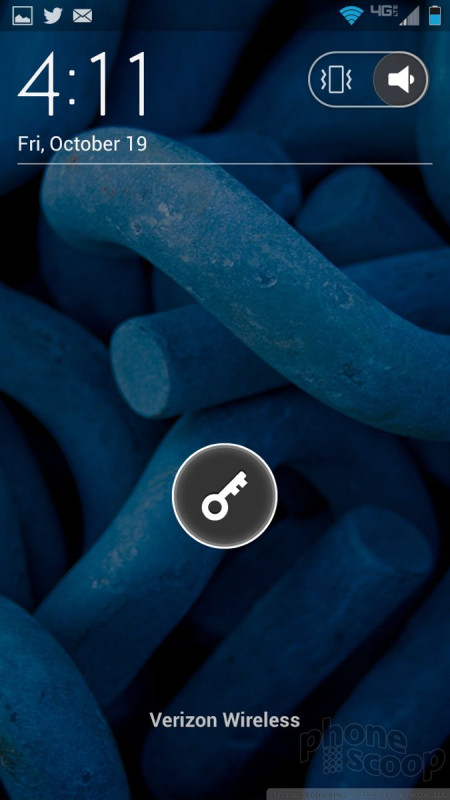
GPS
The RAZR HD and MAXX HD include Google Maps and VZ Navigation. Google Maps is great for a free service, with cool features such as offline use and 3D maps. VZ Navigator is an excellent navigation app, but it costs $10 per month to use. As far as the GPS performance itself goes, both the RAZR HD and MAXX HD were quick to locate me. They often found my exact location in less than 10 seconds. Accuracy was within about 10 feet.
Wrap-Up
The Motorola Droid RAZR HD and Droid RAZR MAXX HD are significant improvements over their predecessors, though not without faults of their own.
The modern design language may not appeal to all consumers, the sharp edge along the rim of the display is somewhat uncomfortable. Neither device is the thinnest or lightest in this category.
The displays are good, but not perfect. The same can be said of signal performance, and call performance. Aside from some stutters here and there, both phones ran all the apps and services I loaded with no problem. The cameras do a good job and the user interface is flexible enough to meet the needs of most users.
The real star of the Motorola Droid RAZR HD and Droid RAZR MAXX HD show, however, is battery life. These two smartphones have some of the best battery life I've ever seen from a mobile device. Power users who prioritize battery life shouldn't bother looking at any other phones. The RAZR HD and MAXX HD fit the power-user bill perfectly.
Comments
Problems
Sadly I had to return my Razr Maxx HD. I wanted a reliable android with great battery life and a larger screen. The phone worked fine for about a week, then I noticed I had to keep tapping the widgets on the screen to get them to respond. I thought that maybe my fingers were not hitting the screen properly. It went from bad to totally unresponsive to touch. I did a hard reboot by holding the on key with volumne. You cannot take the battery out. It was still frozen. Calls came in but I could not answer them. The screen was on but touch no longer worked. Fortunately I was within the 14 day period and I immediately returned the phone and did not want a new one until I checked to see if there were other similar problems. I was ...
(continues)
Tower hand offs
(continues)


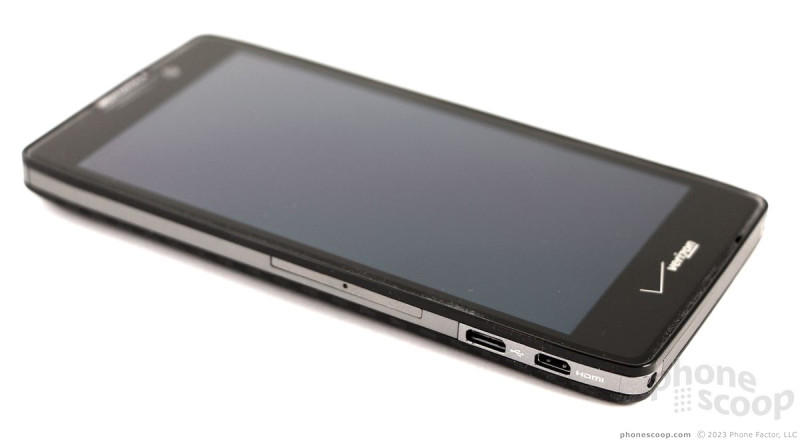










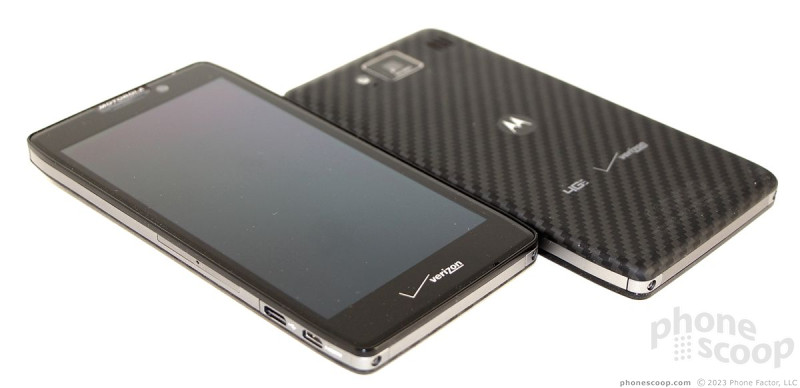







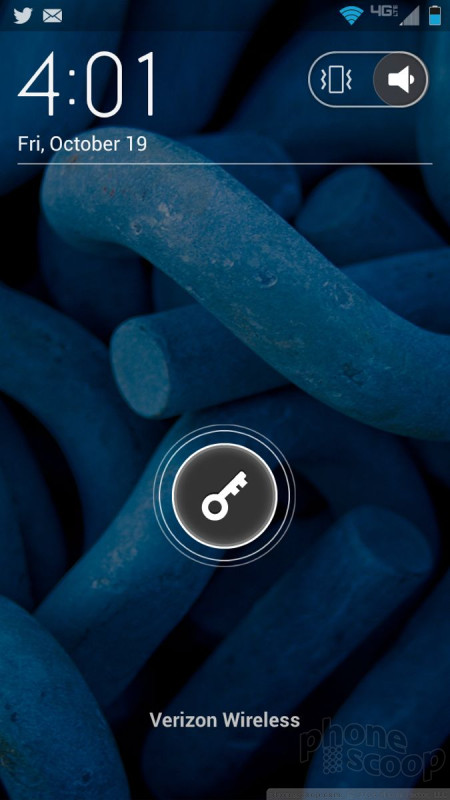







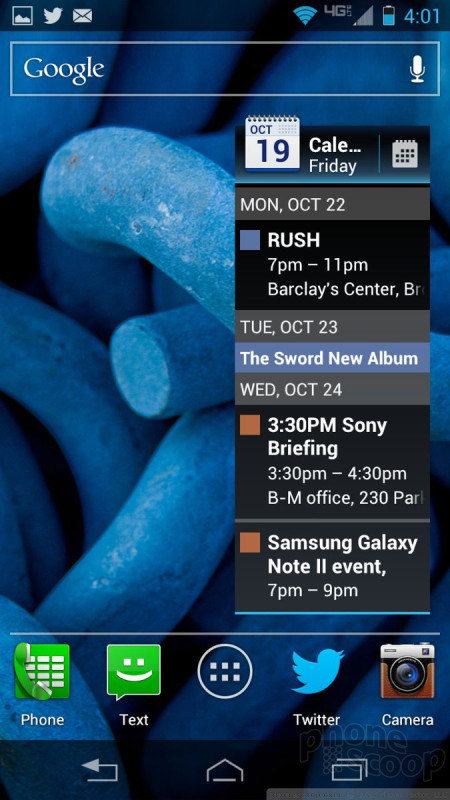



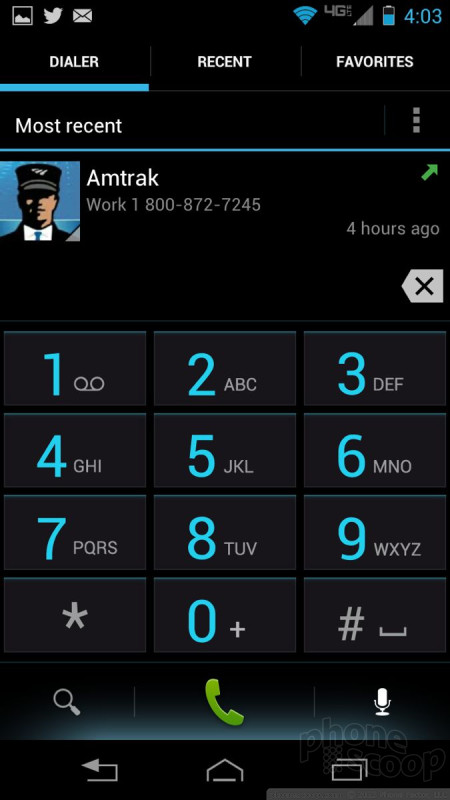






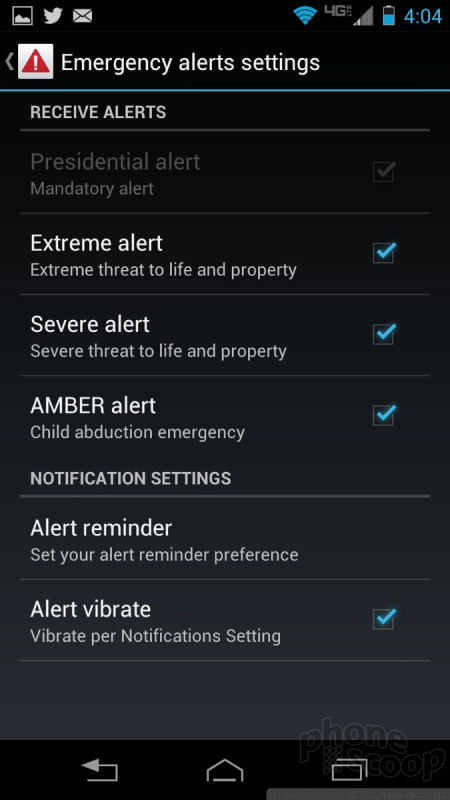




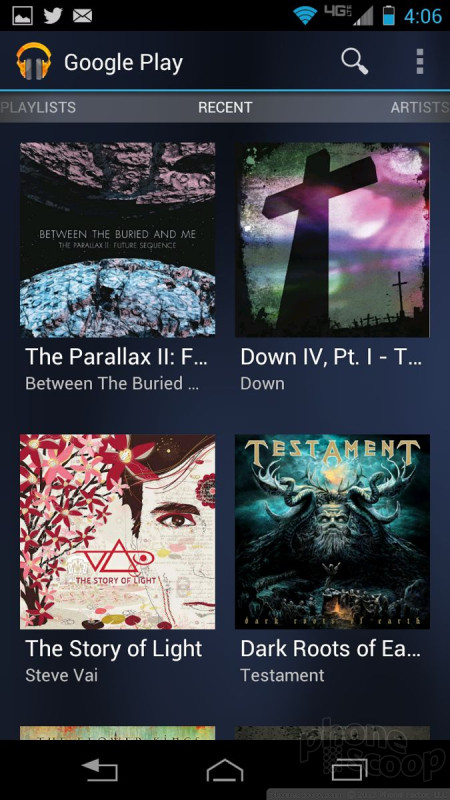




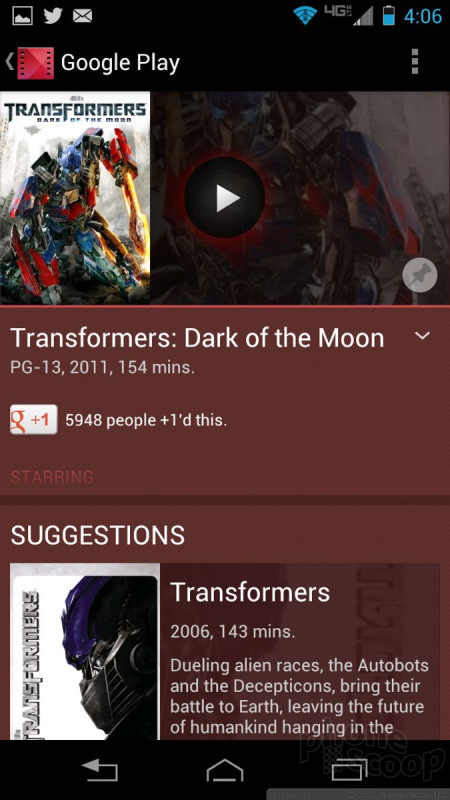




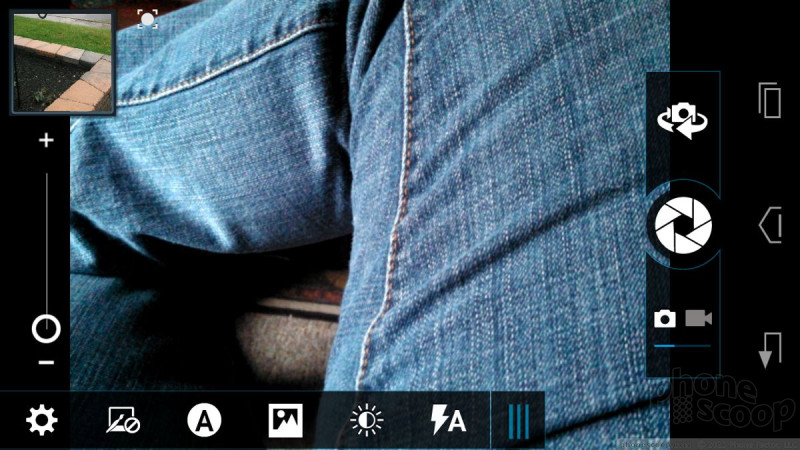



















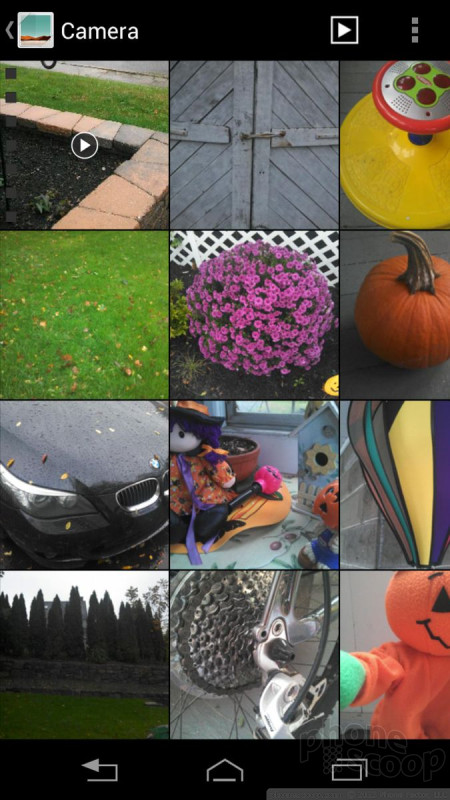







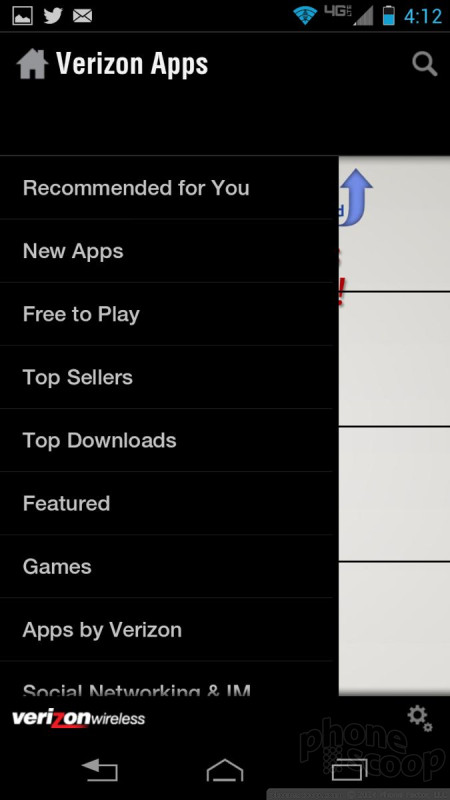


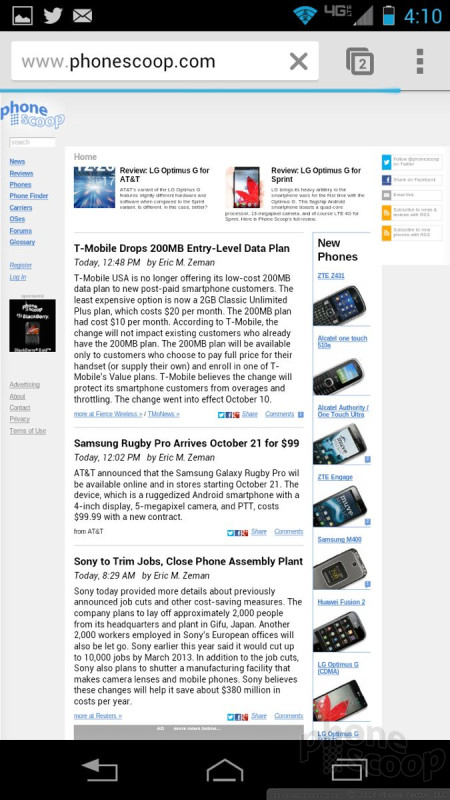





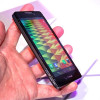 Hands-On: Motorola RAZR HD, MAXX HD, RAZR M
Hands-On: Motorola RAZR HD, MAXX HD, RAZR M
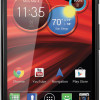 Droid RAZR HD and MAXX HD Go On Sale October 18
Droid RAZR HD and MAXX HD Go On Sale October 18
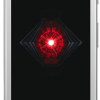 Motorola Announces the RAZR HD and MAXX HD
Motorola Announces the RAZR HD and MAXX HD
 Motorola Droid RAZR HD
Motorola Droid RAZR HD
 Motorola Droid RAZR MAXX HD
Motorola Droid RAZR MAXX HD



